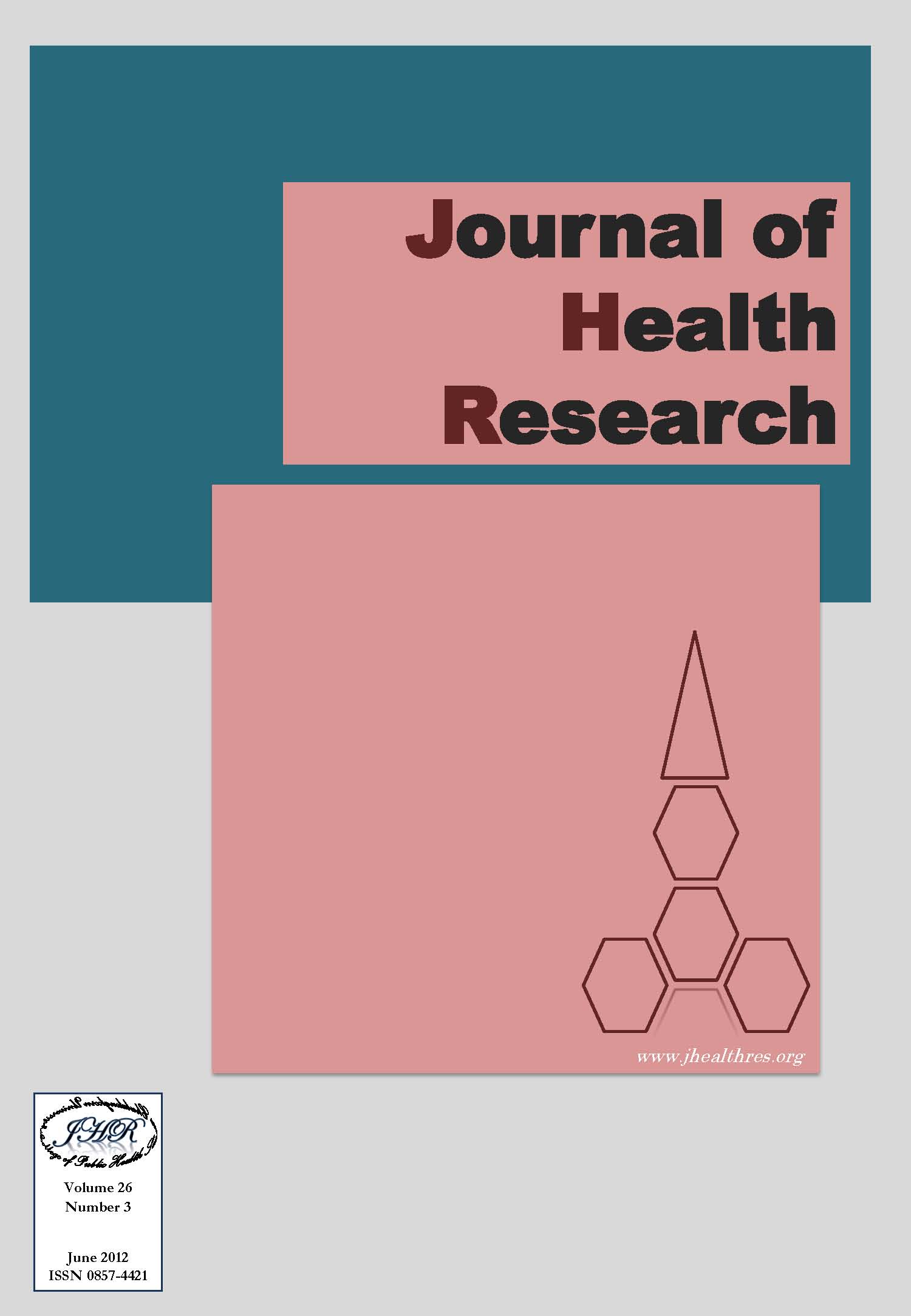Determinants of Contraceptive Use among People of Reproductive Age in Pattani Province, Thailand
Keywords:
Contraceptive use, Reproductive ageAbstract
The study examined the situation regarding the use of contraception and the factors affecting contraceptive use in Pattani within the two cultures coexisting within the state, Muslim and Buddhist. The results found that 48% had used contraception at some time. Condoms were used the highest proportion (32.6%) as a method of birth control, then, contraceptive pills (30.6%), ejaculate outside vagina for contraception (15%), contraceptive injections (10.3%), emergency contraceptive pills (8%) and only 4% for rhythm method birth control (natural contraceptive method). Among the Buddhists about 60% had used contraception, while the figure among Muslims was around 40%. Condoms were the most popular method among Buddhists (35%) whereas among Muslims it was the contraceptive pill (25%). Binary logistic models were used to determine the factors explaining whether or not contraception was used. The first included only eco-demographic factors: the younger age, and lower income were more likely to use contraception than the older people, and higher income at a = 0.01. In contrast, sex, education level, and occupation had no apparent influence on the use of contraception. When social characteristics were included, the status of the head of the household bore no relationship to contraceptive use. However, less number of people in the household, Buddhist, and the area of residence were strongly related to the use of contraception at a = 0.01.







